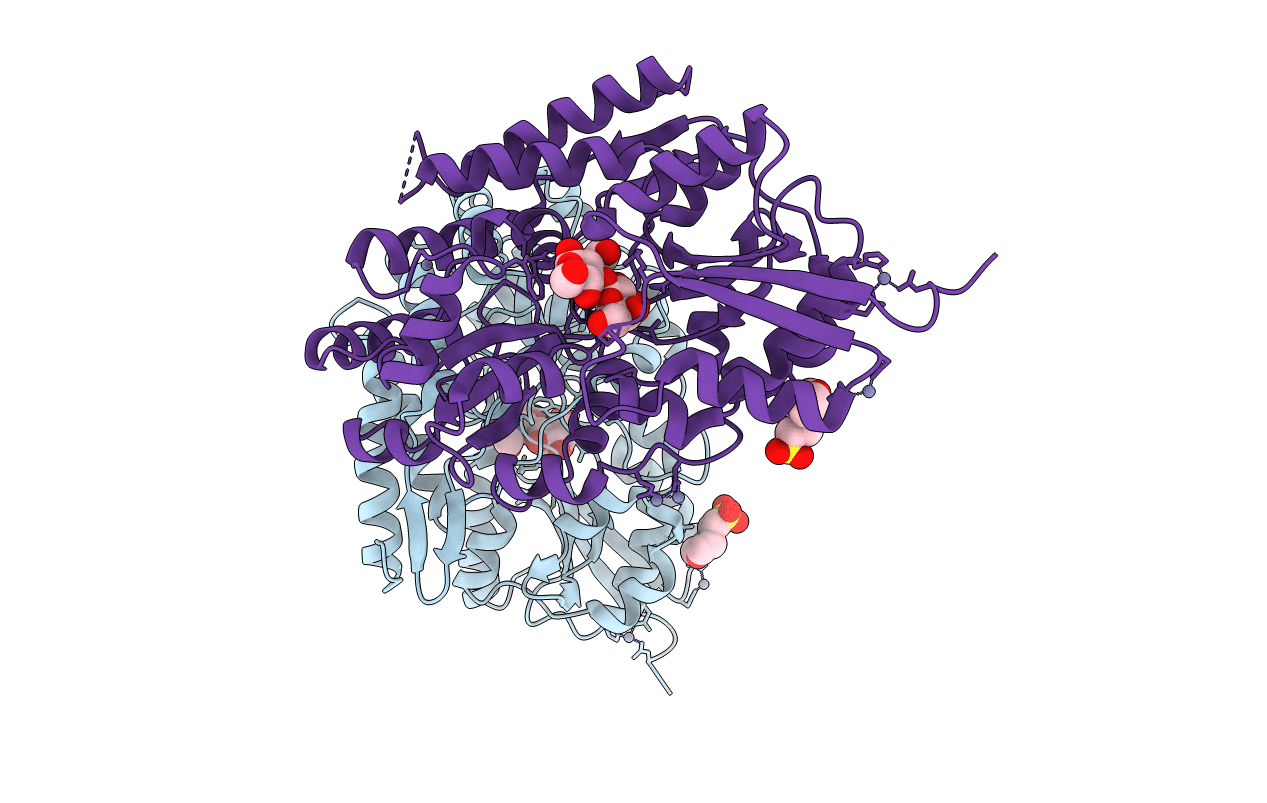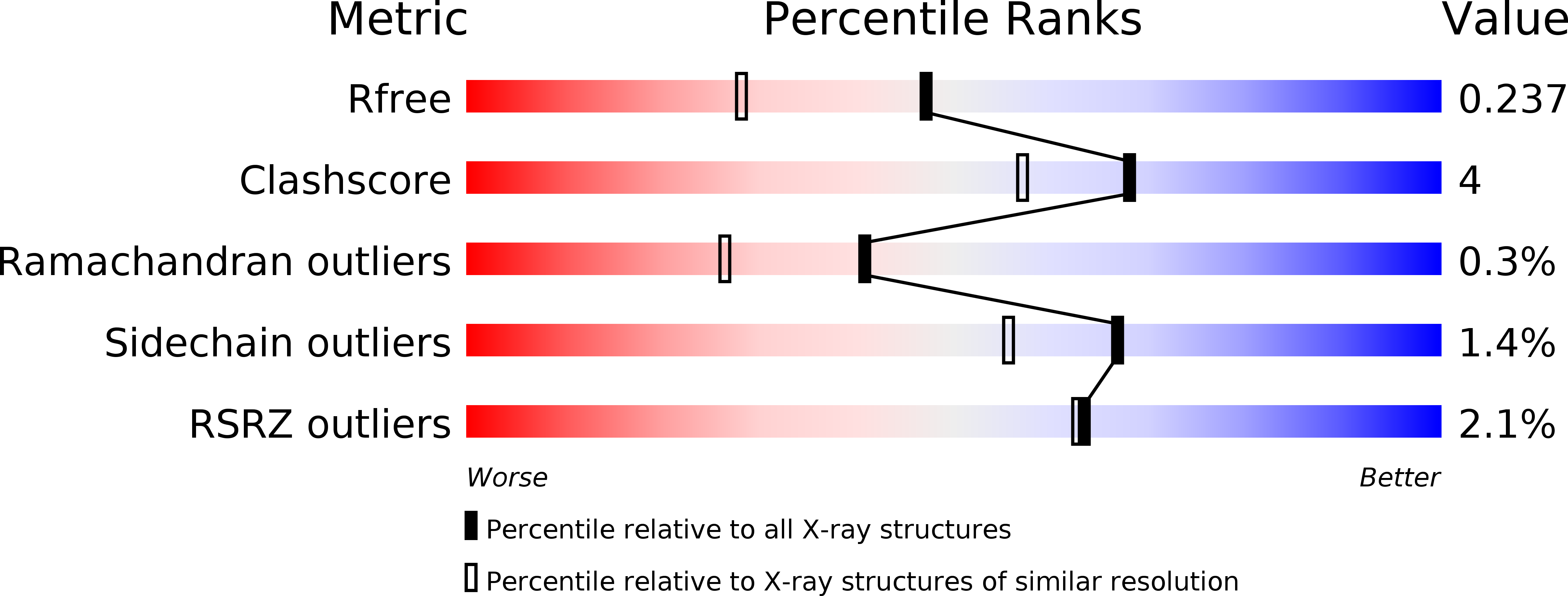
Deposition Date
2007-09-05
Release Date
2008-03-18
Last Version Date
2024-03-13
Entry Detail
PDB ID:
2Z8D
Keywords:
Title:
The galacto-N-biose-/lacto-N-biose I-binding protein (GL-BP) of the ABC transporter from Bifidobacterium longum in complex with lacto-N-biose
Biological Source:
Source Organism:
Bifidobacterium longum (Taxon ID: 216816)
Host Organism:
Method Details:
Experimental Method:
Resolution:
1.85 Å
R-Value Free:
0.23
R-Value Work:
0.18
R-Value Observed:
0.18
Space Group:
C 2 2 21


